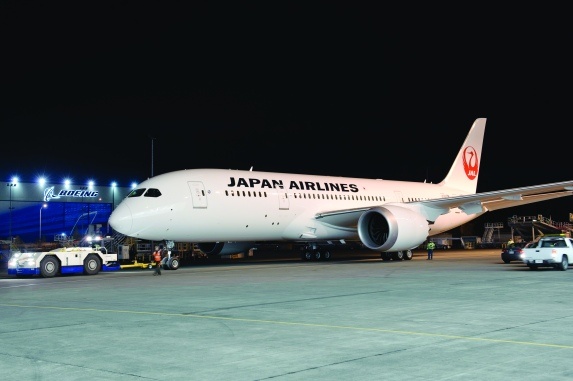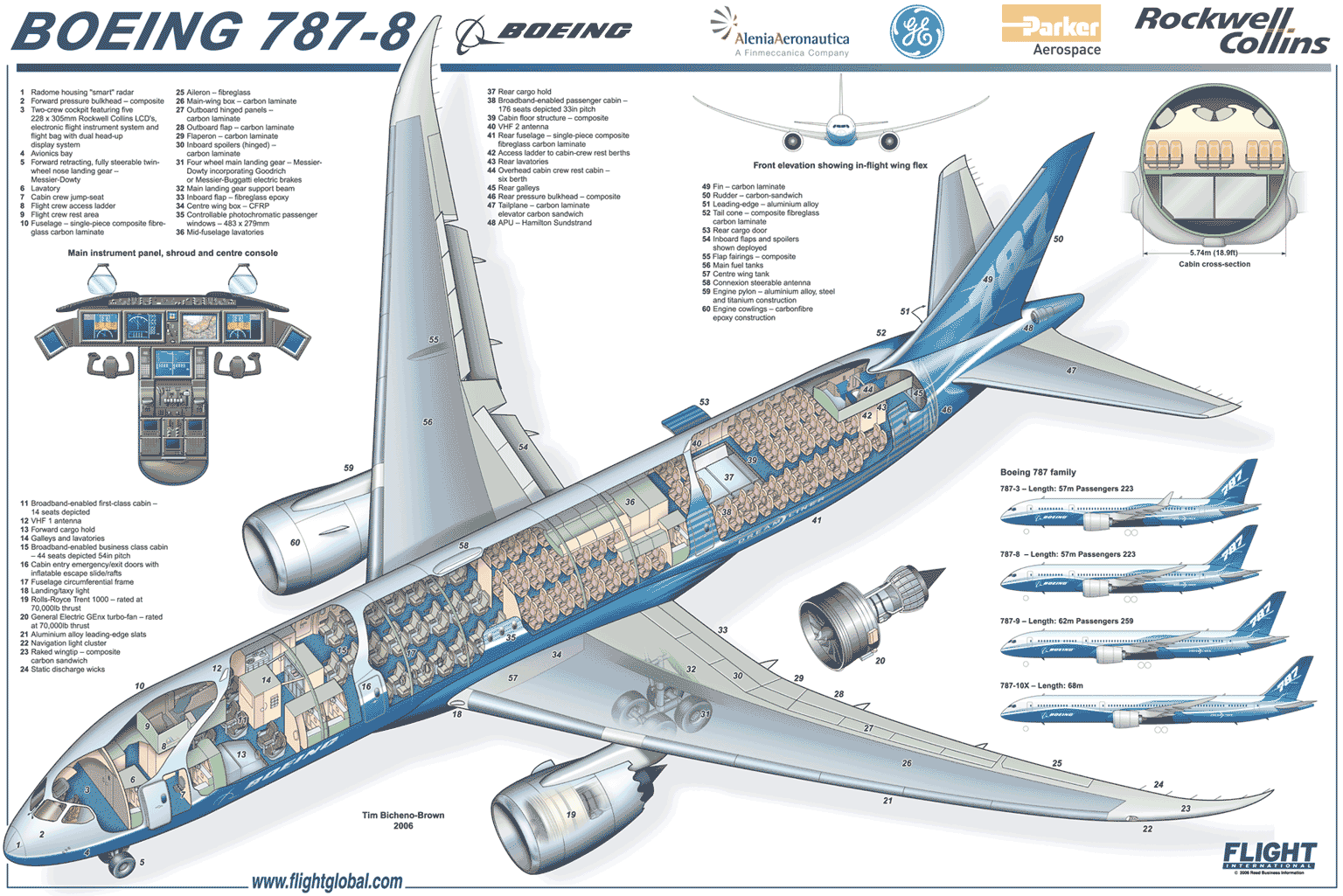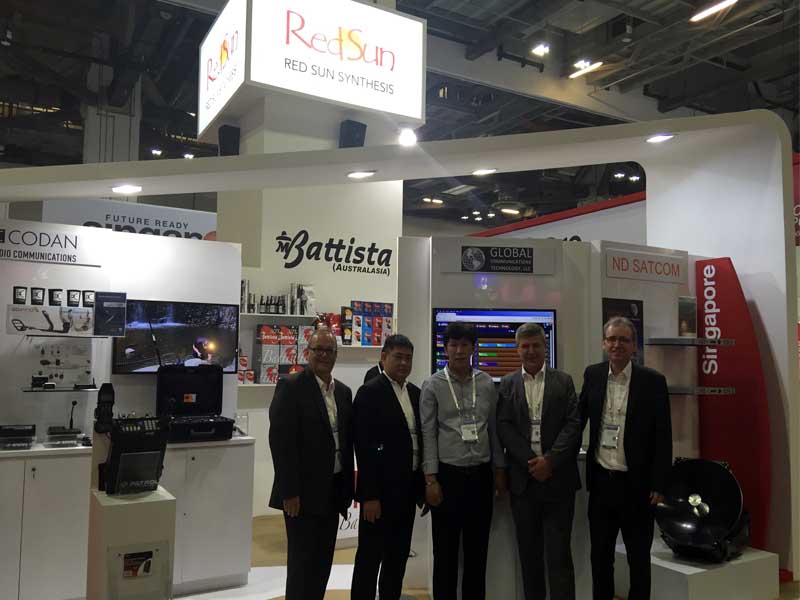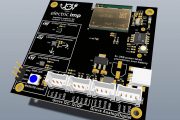 If the Jan. 7 fire on a Japan Airlines (JAL) Boeing 787 at Boston Logan International Airport proved anything to Boeing it was that no amount of exhaustive pre-service testing can guard against the unexpected.
If the Jan. 7 fire on a Japan Airlines (JAL) Boeing 787 at Boston Logan International Airport proved anything to Boeing it was that no amount of exhaustive pre-service testing can guard against the unexpected.
It also showed that the 787 remains under greater scrutiny than any other aircraft. Even with deliveries well under way and the aircraft performing better than specification, the whole company still catches a cold when the program so much as sneezes. Yet even Boeing, seasoned as it is to hard knocks over the 787’s troubled development, seems to have been shaken by the reaction to the latest problem. The smoke had barely cleared before Boeing’s stock began a slide that within hours wiped $2.6 billion from the company’s value.
The event centered on a lithium ion battery unit, located in the aft electrical/electronics (E/E) bay, which is designed to start the auxiliary power unit (APU) and provide back-up lighting power. The JAL 787, which was delivered to the airline on Dec. 20, had been on the ground for about 25 min. when smoke was detected in the cabin. Airport firefighters responded and, according to the National Transportation Safety Board which is investigating the event, “detected a fire in the electronics and equipment bay near the APU battery box. The fire was extinguished about 40 minutes after arrival of the first rescue and fire personnel.”
The fire caused a furor not only because it was the latest in a series of electrical system-related issues to dog the 787 in recent weeks, but also because it concerned the lithium ion battery, the use of which was flagged by the FAA in 2007 as a special condition for certification. Earlier issues included problems in a power distribution panel that forced the diversion of a United Airlines 787 to New Orleans on Dec. 4, as well as similar electrical system-related issues later reported by Qatar Airways and LAN Airlines.
However for all the attention given to these and other early in-service problems, such as leaks in the fuel system addressed by a recent FAA airworthiness directive, Boeing maintains that the 50-strong 787 fleet is performing to a similar reliability level as the Boeing 777 was at this early stage in its service life. It also says the 787’s dispatch reliability rates are better than for some other early Boeing model fleets. The company also says the number of electrical system-related issues appears to be worse than it is simply because the 787 has a disproportionately higher number of electrical systems than other models.
“When I look at these issues they’re the same kind of issues we’ve had on other aircraft. We didn’t want those, and we worked just as hard to make those problems go away. We’re not complacent and we’re not sitting back.” None of the problems have “raised significant concerns beyond our experience base,” 787 VP and Chief Project Engineer Mike Sinnett tells Aviation Week.
However, Sinnett acknowledges that the rash of electrical system-related issues last month “was a surprise. Certainly the event on United Airlines was a surprise to us–we’d only seen one thing that looked like that before [an event in June], then we saw three more. We were in the middle of corrective action. We had a one-off manufacturing flaw that led to a generator channel becoming inoperative. We’d only seen it once in 100,000 hours on the system. Then we had the similar event on the United airplane and two days later a similar one on Qatar. We realized all three of those boards came from the same 16 boards in one manufacturing lot.”
While not commenting directly on the Boston event pending the outcome of the investigation, Sinnett says that what the company has seen so far indicates no connection to other events or signs of widespread design issues. “We are certain that whatever took place at Logan is not related to any previous power system event. It was a different part of the system with different results and different manifestation. There have been no other endemic issues. We replaced and did some minor redesign of generators, but we haven’t seen anything that would lead us to question the overall safety or design of that system,” he adds.
The APU battery is one of two primary batteries in the 787, the other being the main battery in the forward E/E bay. Both are lithium ion units provided by Japan-based battery manufacturer GS Yuasa as part of the Thales supplied electrical power conversion system. The 787 contract, first announced in 2005, marked the first commercial aviation application of Li-ion technology and was selected over contemporary nickel-cadmium because it provided 100% greater energy storage capacity and double the energy from the same sized unit.
In April 2007, however, the FAA issued a notice of proposed special conditions concerning the use of lithium ion batteries on the 787 in which it noted that these types of batteries “are significantly more susceptible to internal failures that can result in self-sustaining increases in temperature and pressure (thermal runaway) than their nickel-cadmium or lead-acid counterparts.” The agency said overcharging, in particular, could result in a “self-sustaining fire or explosion.”
Sinnett says, “Because they’re lithium ion, they contain a lot of energy and can release it quickly. Unless you design it appropriately, that can be a problem. When it’s overcharged it can carry more than it is designed for. It’s designed so you can never overcharge it. We’ve got multiple redundancy built into the system. Two [safeguards] are built directly in the battery, and two are located outside and are independent of the battery. So it is protected with multiple layers. We demonstrated by test and analysis that we are sufficiently safe.”
Presenting other scenarios, Sinnett explains that “there are a number of things that can cause a single cell to overheat, to discharge and then to vent smoke and–if it gets hot enough–to burn. One is over-discharge, in which you let the battery go down too low over successive periods. That can cause damage and lead to a short circuit. So we protect against it by putting in a circuit which protects it from over discharge or over charging.
The only other [possibility] is that over-heating of cells could cause them to vent, or a manufacturing defect could cause a short circuit. But we’ve had 1.3 million hours of operation in flight, and we’re pretty confident in the overall design. However we can’t assume anything, so if there was a manufacturing defect that would lead to a discharge of potential energy we’d expect the battery cell to vent–which looks like smoke. If the system detects smoke, it configures the airflow so that it goes through the E/E bay and goes overboard. If there’s any failures we know of that’s how it would work.”
Source: AWIN First





































